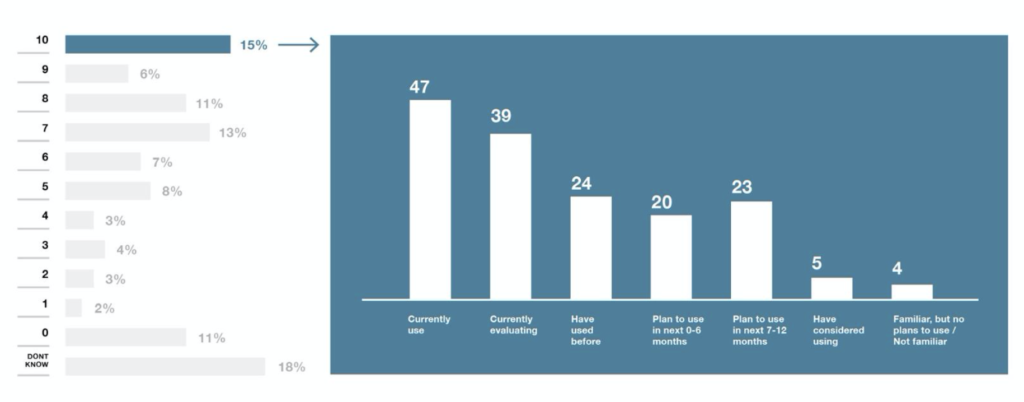
Cassandra Adoption Correlates with Experience

The Apache Cassandra NoSQL database is predominantly used by companies that have taken off the training wheels and forged ahead with aggressive digital initiatives, a usage survey finds.
The 2020 adoption report released last week also found the IT sector is by far the largest user of Cassandra, with developer and DevOps teams accounting for 52 percent of practitioners. Of those, 26 percent described their operations as “highly advanced.” Hence the correlation between Cassandra usage and how far down the learning curve users were.
As databases of all stripes migrate to the cloud, developers place greatest emphasis on ease of use and the ability to scale. Those were among the leading attributes cited by Cassandra adopters for supporting mission critical applications, along with security and the open source database’s “good hybrid solutions.”
Still, a skills gap and cloud migration hurdles have deterred others from adopting Cassandra. “Thirty-six percent of practitioners currently using Cassandra for mission critical apps say that a lack of Cassandra-skilled team members may deter adoption,” the usage report noted.
“When asked what it would take for practitioners to use Cassandra for more applications and features in production, they said ‘easier to migrate’ and ‘easier to integrate.’”
The usage report authors said they interviewed more than 1,400 IT managers, including 901 practitioners scattered around the globe. The survey was conducted between April 13-23, 2020.
Of those, 22 percent said they are either currently using or evaluating Cassandra while 11 percent plan on using the NoSQL database in the next 12 months.
The open source version remains the most popular, used by 89 percent of respondents, including self-managed (72 percent) and 48 percent using managed Cassandra services.
Cassandra 4.0 released in July represented the first major update of the database since 2017, incorporating bug fixes and “battle” testing to improve performance in production. Testing included running Cassandra on clusters as large as 1,000 nodes using an array of enterprise use cases, maintainer said.
Meanwhile, DataStax released its Cassandra cloud service in May. The Astra service is currently available as a managed service on Amazon Web Services and Microsoft Azure.
At least for early Cassandra adopters, the usage survey emphasized the framework’s ability to build data-driven applications. “High traffic, high data environments where really you’re just looking for very simplistic key value persistence of your data,” one user said.
Data retention, security and cloud native attributes also ranked high among Cassandra users. “It has to be able to capture everything,” one respondent commented. “It can’t have any security defects. It needs to be somewhat compatible with the environment. If we adopt a new database, it can’t be a duplicate of the data we already have….”
As with many enterprise data science and analytics projects, a skills shortfall persists. With experienced data analysts in short supply and little time to train new ones, users placed a premium on rapid application deployment. Hence, more than one-third of those polled said a Cassandra skills gap would deter adoption.
Recent items:
Cassandra Gets Monitoring, Performance Upgrades




























